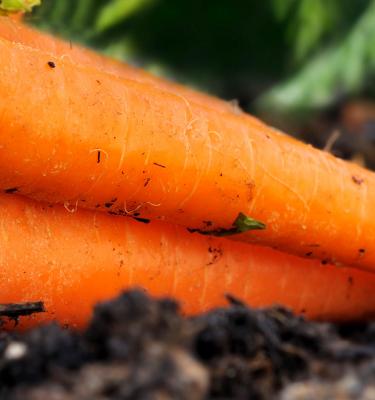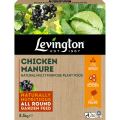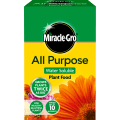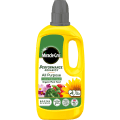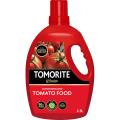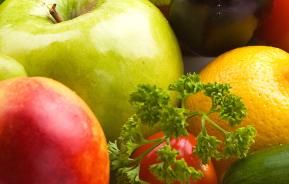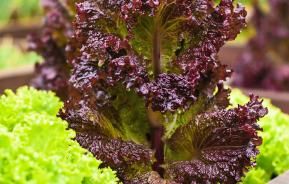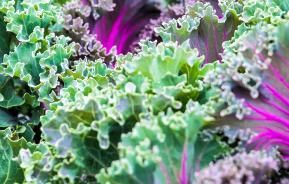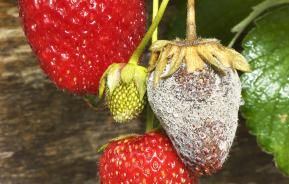What a fantastic year it has been so far for growing your own veg. The weather has been conducive for most crops, producing great yields. But I'm getting a lot of questions from veg growers that relate to watering and feeding. And water is essential to plants and good crops. So, let's see if I can help you to produce even bigger, better crops for the rest of the summer.
Watering
The majority of a plant's strength comes from its water content, and water is essential for nutrient uptake (plants drink their food through their roots) and most vital internal life processes. So water is essential for plants - and it needs to be in constant supply. Once a plant goes short of water it stops growing and some vegetables will go to seed prematurely (called bolting) as a result or simply wilt and die.
For healthy, strong growth and the highest yields of the best flavoured, quality crops, your plants will need a constant water supply. So watering in summer is often necessary - if not essential. Plants growing in containers are almost totally dependent on you to supply water and you may have to water some container crops once or even twice a day in summer to prevent them from drying out.
The aim should be to keep the soil or compost evenly moist - soaking dry soil can result in some crops - such as tomatoes - splitting and becoming unusable. And irregular watering can also lead to bitter flavours, and with tomatoes a condition known as blossom end rot - where the bottom of the tomato turns black.
Some crops - such as the greenhouse 'exotics' and runner beans - will suffer a shock if watered with cold water, so allow the water to reach ambient temperature before using it.
If water is in short supply, then use it on the following crops first: peas, beans and sweet corn when they are in flower; potatoes when they are producing their new tubers; large, leafy crops before they start to wilt.
Feeding
To get the most from your plants they will also need a constant supply of nutrients. Adding compost and even well-rotted manure to the soil adds little in the way of nutrients - they are used to improve soil structure and to hold water and nutrients in the soil.
Even if you added a feed to the soil when you sowed seeds or planted out young plants, most crops benefit from additional feeds throughout the growing season using a liquid feed. For leafy crops, this should be a balanced feed containing equal amounts of all the major nutrients. For fruiting crops, you should use one that is higher in potash - such as Tomorite - to improve the quantity, quality and flavour of the fruit.
Plants growing in containers will be totally dependent on you to supply nutrients and you should feed weekly to fortnightly with a liquid feed.
Diseases
As well as blossom end rot - which isn't a disease, but a physiological disorder! - incorrect watering can lead to disease problems. This is particularly true for powdery mildew disease, a white coating on the leaves. This is always worse when the soil is dry and the plant is under stress but is encouraged when the foliage is wet; I know it sounds a bit odd! It is most common on courgettes, marrows and other cucurbits. When watering these crops, it is important to give plenty of water regularly at the roots, but aim to keep the foliage dry. I sink a 15cm (6in) pot by the side of my plants and water into that and directly onto the ground – keeping the water well away from the whole plant/foliage.
